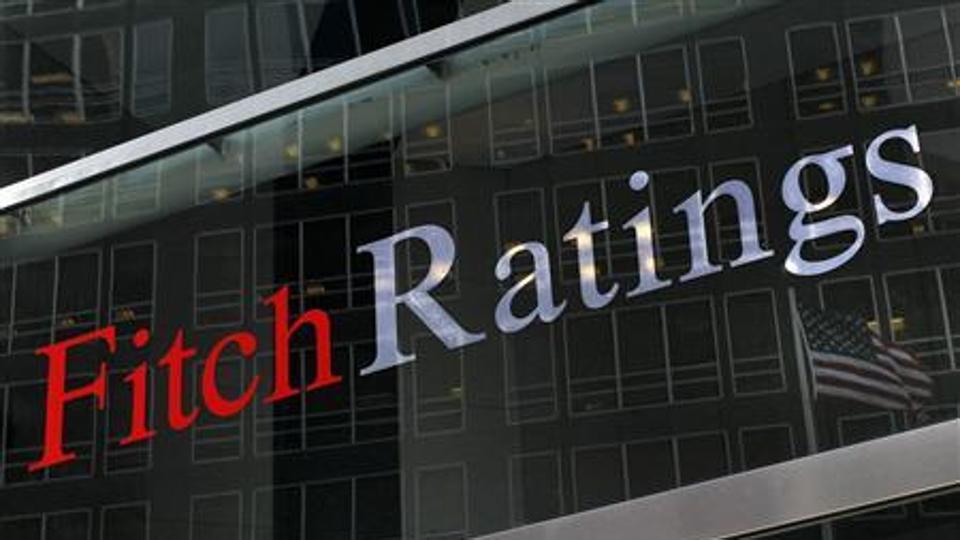London- Qatari banks’ funding and liquidity are under varying degrees of pressure from outflows of non-domestic deposits and interbank borrowings after several Arab countries severed diplomatic and logistical ties with Qatar in June, Fitch Ratings said Wednesday.
“The boycott will also increase banks’ financing costs in the international debt markets.”
The overall impact on each bank will depend on how much it relies on non-domestic sources for its funding.
Withdrawal of non-domestic deposits is likely to increase competition among banks for domestic deposits, pushing up funding costs and squeezing margins.
Banks that have been more reliant on non-domestic deposits will need to price generously to attract domestic deposits away from other banks as these tend to be fairly stable – it is easier to keep or roll over existing deposits than to attract new ones, Fitch added in its report.
In this context, the Wall Street Journal said in a report published Wednesday that the “Qatari banks are facing funding pressure as foreign customers worried about Doha’s intensifying spat with its Arab neighbors withdraw deposits.”
“Foreign deposits in Qatari banks fell nearly eight percent month-over-month to 157.2 billion Qatari riyals ($43.2 billion) in July, after falling by a similar level in June, according to Qatar central bank data posted on its website Monday, the newspaper added.
Deposits from outside the country accounted for about 20 percent of total bank deposits in July, down from more than 24 percent in May.
Last week, Outlook looked grim for Qatar’s banking sector as credit rating agency Moody’s Investors Service has changed the outlook on Qatar’s banking system to negative from stable due to the weakening operating conditions and continued funding pressures facing Qatari banks.
The rating agency’s new outlook for the banking sector also captures the potential weakening capacity of the Qatar government to support the country’s banks. The outlook expresses Moody’s expectation of how bank creditworthiness will evolve in Qatar over the next 12-18 months.
“Qatari banks’ reliance on confidence-sensitive external funding has increased in recent years due to a significant decline in oil-related revenues,” said Nitish Bhojnagarwala, a Vice President at Moody’s.
“This leaves them vulnerable to shifts in investor sentiment.” Moody’s expects Qatar’s GDP growth to slow to 2.4 percent in 2017 from exceptionally high rates of around 13.3 percent, recorded during the 2006-2014 period.
As a result, domestic credit growth will also slow to five percent to 7 percent range for 2017 and 2018, down from 15 percent in 2015.
